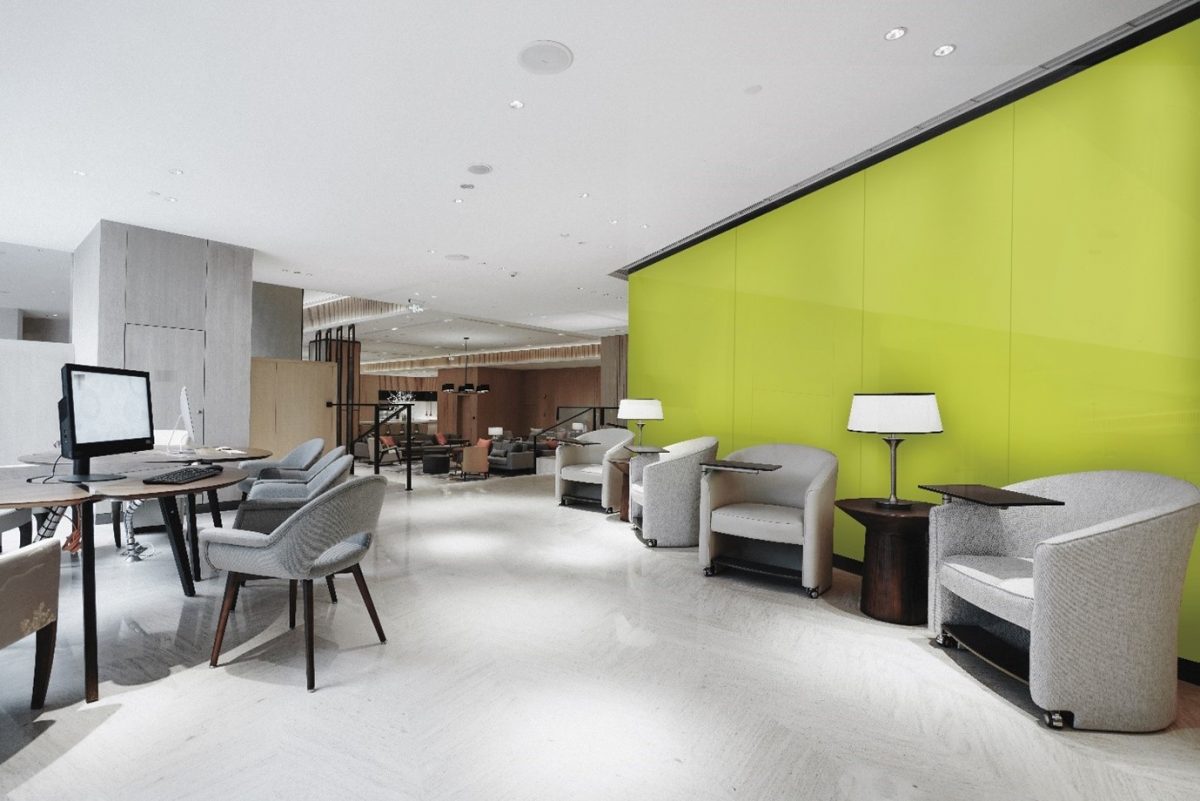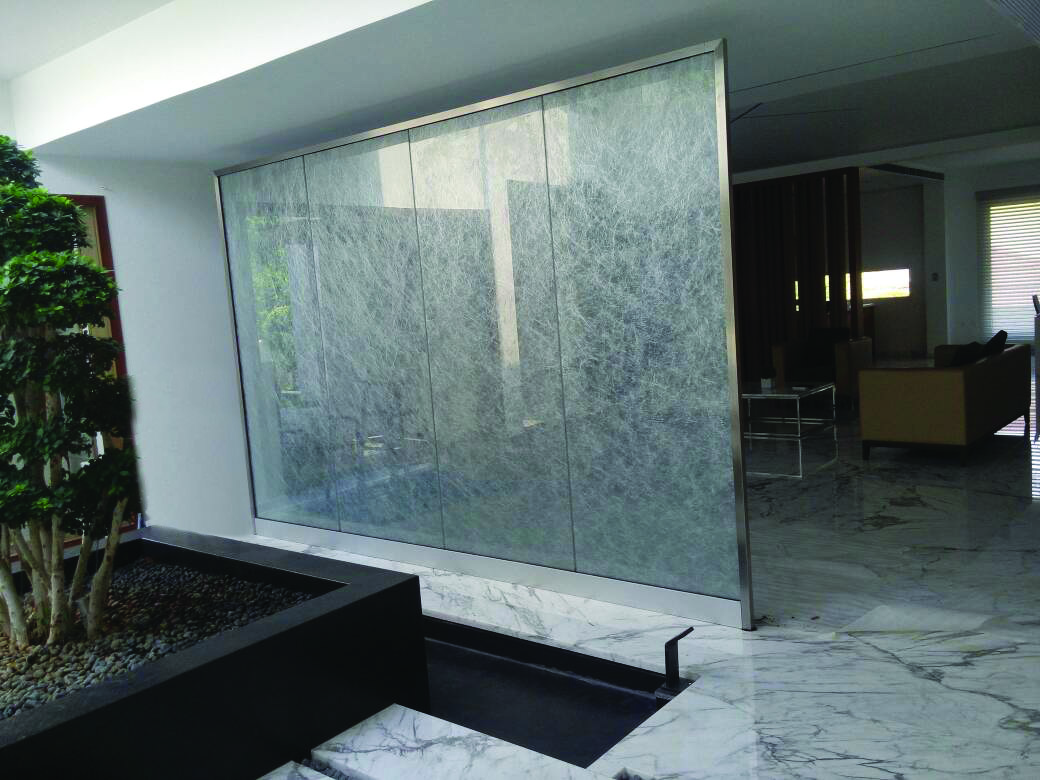In homes and commercial spaces, glass is used extensively to partition areas while permitting light flow. However, clear glass lacks privacy – an issue in high-traffic common zones. This is where durable opaque glass options prove invaluable with their translucent solid appearance. Unlike plain see-through glass, opaque glass diffuses rather than transmitting visible details, blocking visibility while allowing light transmission.
The Role of Opaque Glass in High-Traffic Areas
Specialised opaque glass is ideal for spaces with continual traffic and occupancy due to its privacy qualities. The obscurity also promotes discretion and safety in crowded zones where people are continually on the move. Opaque glass extensions also make areas appear more spacious than privacy walls. With innovative fabrication methods, diverse opaque glass varieties are now available to meet specific privacy, strength, lighting and ambience needs.
Types of Opaque Glass
1. Frosted Glass: Glass panes treated with hydrofluoric acid etching or sandblasting have an iconic opaque matte texture. This frosted glass effect offers complete privacy along with artful light diffusion. Frosted glass is widely used for doors, room dividers, bathroom enclosures and windows wanting privacy yet soft brightness.
2. Textured Glass: Featuring an embossed uneven surface that scatters light, textured glass varies from translucent to fully opaque. Unidirectional textures softly diffuse light without glared reflections, making textured glass popular for commercial building windows and offices. The indentation patterns also boost decorative flair.
3. Sandblasted Glass: Sandblasted glass is a really versatile opaque glass option for privacy installations. It’s made by firing high-pressured jets of sand onto glass panes – almost like an abrasive sanding process. The sandblasting erosion creates tiny indented grooves all along the glass surface.
Benefits of Using Opaque Glass in Busy Environments
a. Privacy Enhancement: Opaque glass panes, walls and doors block visibility between spaces, giving discreet separation while allowing brightness through. This boosted privacy makes occupants more comfortable in high-density zones. Opaque glass partitions also buffer noise.
b. Light Control and Diffusion: Though visibility is obscured, the textured glass surface diffuses light through spaces beautifully. This keeps areas bright without glare while shielding activity behind it. Light diffusion creates a soft ambience too, lending an airy, open feel.
c. Aesthetic Appeal and Design Flexibility: With endless textural and colour options, opaque glass adds strong contemporary aesthetics wherever used as partitions or cladding material. It lends sleek sophistication paired with the lightness of glass. Creative etched patterns, colour tints and textural elements provide adaptable design flexibility too.
d. Durability and Maintenance: Made from tempered safety glass built to withstand heavy usage, specialised glass that can turn opaque stands up well to continual human contact better than framed partitions. The non-porous glass composition makes maintenance easy – power washers degrease and disinfect it thoroughly for low-maintenance functionality.
Where Opaque Glass Overlays Shine
From homes to commercial buildings, opaque glass solutions lend private elegance to continual high-traffic areas like:
- Bathroom enclosures, doors, and partitions between fixtures
- Glass stairwell balustrades prevent visibility from below
- Room dividers partitioning family rooms and open-plan office zones
- Doors, walls and window cladding maintain discretion amidst movement
- Building exteriors and medical/school privacy partitions
- Hotel bathroom windows permitting light while securing privacy
Conclusion
With its translucent, non-transparent appearance, durable opaque glass offers the ideal material solution for maintaining discretion and safety in occupied public zones while permitting light. Opaque glass walls, doors and partitions shield visibility and buffering noise in dignified ways. Custom opaque glass options created via specialist sandblasting, acid-etching, embossing, and painting techniques lend spaces enhanced aesthetics too with artful textures and colours. Tailored to handle human densities, specialised opaque glass fosters comfortable private environments amidst continual traffic flow.
Contact AIS Glass for premium opaque glass installation and repair services.




